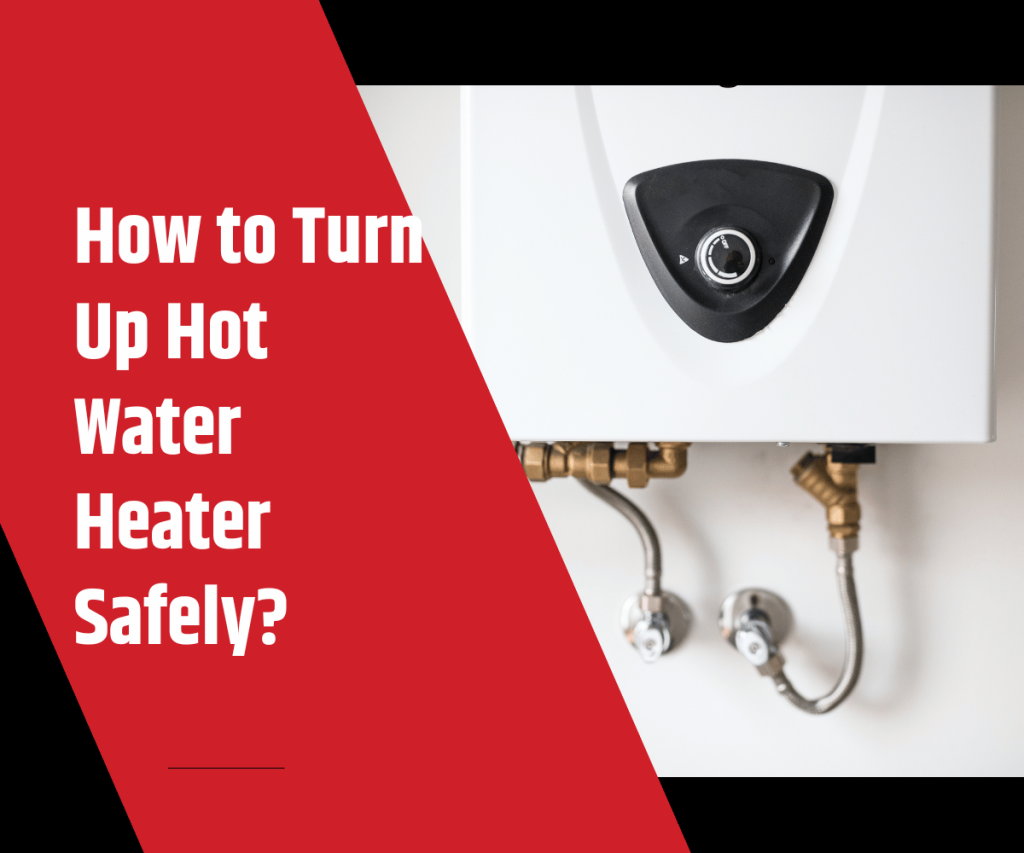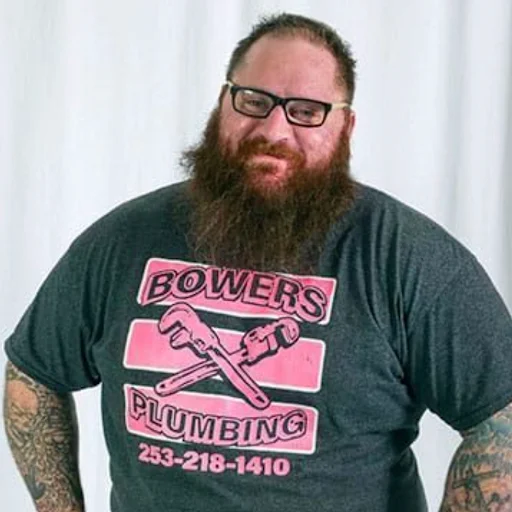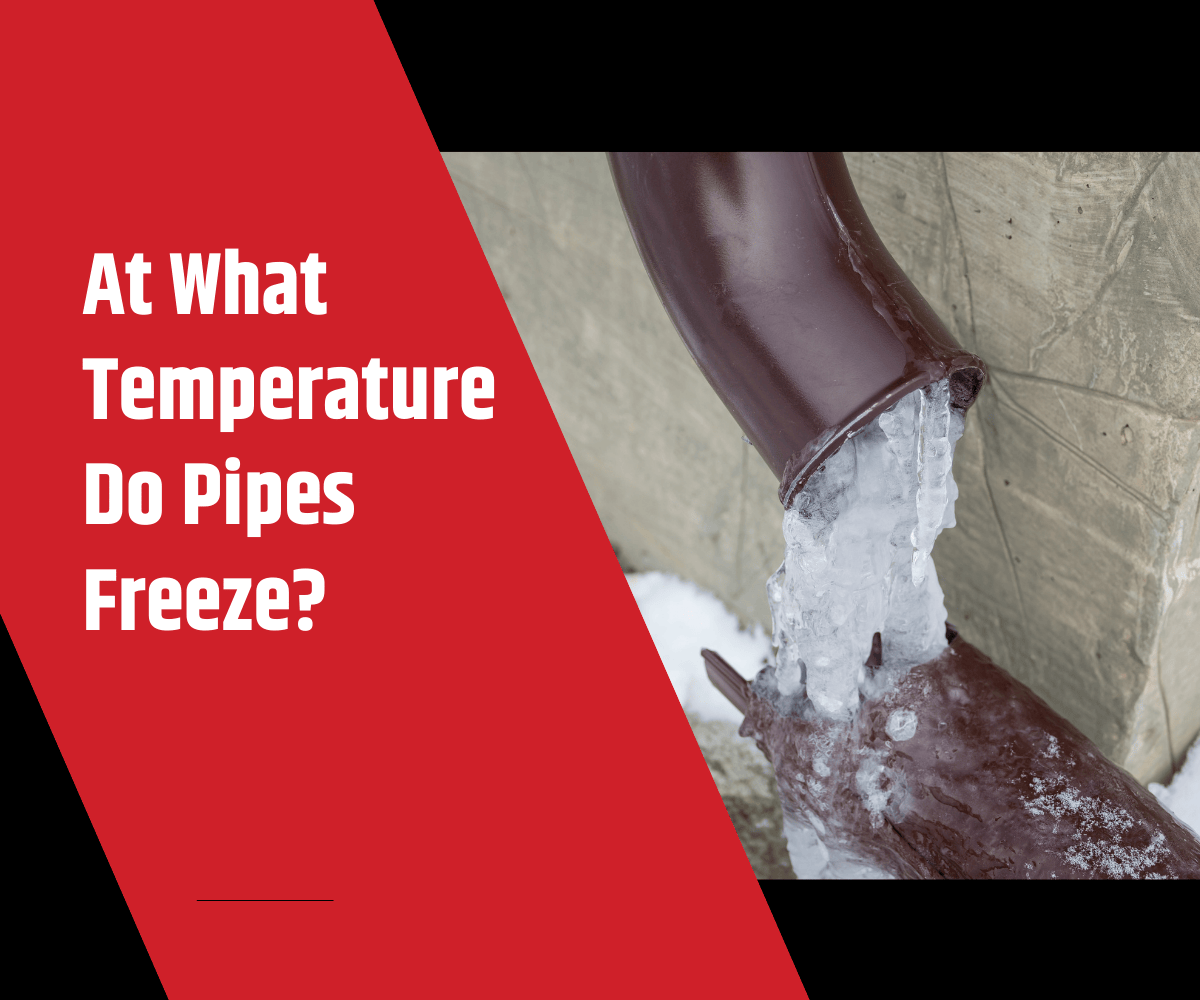
How to Turn Up Hot Water Heater Safely?
If your showers are getting colder or your dishwasher just isn’t cutting through grease like before, it might be time to learn how to turn up hot water heater settings. Whether you have a gas or electric unit, adjusting the water temperature can be a simple but powerful way to improve daily comfort—and it only takes a few minutes when done right.
This comprehensive guide from Bowers Plumbing & Remodel walks you through how to turn up hot water heater models safely and efficiently, while also sharing expert-level insights and precautions that most homeowners overlook.
Why You Might Need to Turn Up Your Water Heater Temperature
The water heater is one of the most used appliances in any home, but when its settings are off, comfort and functionality suffer. Here are common reasons for adjusting it:
- Unpleasantly Cold Showers: If the hot water runs out too quickly or never gets warm enough, your temperature setting may be too low.
- Underperforming Dishwasher or Washing Machine: These appliances need hot water to sanitize and clean properly.
- Seasonal Temperature Drops: In colder months, water entering your heater is cooler and requires more energy to heat.
- Changes in Household Size or Usage: More occupants or added fixtures (like a new bathroom) can create higher hot water demand.
Learning how to turn up hot water heater controls is a quick solution that can solve these common issues and improve your household comfort.
Water temperature can also impact your utility bills. With proper adjustment, your heater will operate more efficiently and avoid unnecessary reheating cycles.
Safety Precautions Before Adjusting Any Water Heater
Before touching any part of your water heater, prioritize safety. Mistakes here can cause serious injury or even damage your appliance.
- Electric Heaters: Always turn off the power at the circuit breaker panel. Most electric units use 240 volts—dangerously high if mishandled.
- Gas Heaters: Eliminate all open flames and ignition sources nearby. Gas is flammable and potentially explosive if leaks occur.
- Tools and Safety Gear: You may need a screwdriver, flashlight, gloves, thermometer, and insulated safety gear depending on the type of heater.
- Wait Before Testing: Water heaters take several hours to reflect new settings. Be patient after adjusting.
These steps help you safely navigate either type of unit and are essential to follow when figuring out how to turn up hot water heater models.
How to Turn Up a Gas Water Heater
Gas water heaters typically have a manual dial located near the bottom front of the tank. Here’s how to adjust it correctly:
Step 1: Locate the Gas Temperature Dial
- Look for a round knob or dial labeled “WARM,” “HOT,” or similar indicators.
- It’s usually part of the gas control valve on the outside of the heater.
- Understanding gas water heater design helps you access the control safely.
Step 2: Gently Adjust the Temperature
- Rotate the dial slightly toward the “HOT” setting—but don’t max it out.
- Each small increase can raise water temperature significantly.
- Avoid settings higher than 120 degrees Fahrenheit to reduce scalding risk.
Step 3: Wait and Test the Temperature
- Let the unit run with the new setting for at least 3 hours.
- Check the water temperature at a kitchen or bathroom faucet using a thermometer.
- If it’s still too low, nudge the dial again and repeat after a few hours.
By learning how to turn up hot water heater units safely, you can make these minor tweaks confidently without professional help.
How to Turn Up an Electric Water Heater
Electric water heater models are more complex and require removing access panels to reach thermostats.
Step 1: Turn Off the Circuit Breakers
- Locate the double-pole breaker labeled “Water Heater” in your panel.
- Flip it to the OFF position to cut power before opening the unit.
- This step is critical to avoid electrical shock from electric water systems.
Step 2: Remove Access Panels and Insulation
- Use a screwdriver to remove one or two metal covers on the side of the heater.
- Behind each cover is insulation—gently pull it aside to expose the thermostat.
- Keep track of each thermostat access panel as you work.
Step 3: Adjust the Thermostat(s)
- Insert a flathead screwdriver into the temperature dial slot.
- Carefully turn it a few notches toward 120 degrees Fahrenheit (or higher if needed, up to 125°F max).
- If your unit has two thermostats (upper and lower), adjust both to the same temperature setting.
- This temperature adjust process ensures even water heating across the tank.
Step 4: Restore Insulation and Power
- Place the insulation pads back as they were to maintain heat accuracy.
- Secure the metal panels tightly over each access panel.
- Turn the breakers back on and wait several hours to feel the effects.
Anyone looking into how to turn up hot water heater units with electrical components should follow these precautions closely.
How to Check Your Water Temperature Accurately
After making adjustments, test the results before making further changes.
- Run hot water at a faucet for 2–3 minutes.
- Place a thermometer under the stream for an accurate reading.
- Optimal comfort and safety range is 115 to 120 degrees Fahrenheit.
- Checking water temperature regularly helps maintain safe temperature levels.
If you’re still not satisfied, revisit how to turn up hot water heater settings and adjust slightly again.
Water Temperature Guide
| Application | Recommended Temperature |
|---|---|
| Residential Hot Water | 120°F |
| Homes with Children | 110°F–115°F |
| Dishwashing Use | 125°F (if no booster) |
What Temperature Should a Water Heater Be Set At?
Although many heaters allow temps up to 150°F or more, experts recommend 120°F as the optimal balance of safety and efficiency. Here’s why:
- Temperatures above 130 degrees Fahrenheit increase burn risk.
- A safe temperature protects children, seniors, and pets.
- Lower settings reduce energy consumption and standby losses.
- The thermostat access must be closed tightly to ensure heater temperature stability.
Understanding how to turn up hot water heater without crossing unsafe limits is crucial to both performance and protection.
Signs Your Water Heater Might Need Professional Attention
Adjusting the thermostat may not fix everything. Some issues suggest the need for professional service:
- The heater temperature doesn’t change despite adjustment
- Inconsistent hot water across the day
- Strange sounds or loud knocking from the tank
- Leaks at fittings or underneath the tank
- Difficulty accessing systems behind access panel sections
These issues may signal internal damage or sediment buildup in your water heater systems. If you’ve already tried how to turn up hot water heater techniques and it’s still not right, it’s time to call in help.
When to Call a Professional Plumber
Some situations are better left to licensed plumbing technicians. Consider professional help if:
- You’re uncomfortable with electrical or gas systems
- The unit is over 10 years old and showing signs of wear
- You’ve adjusted the temperature multiple times with no change
- Leaks or visible damage appear around the tank
At Bowers Plumbing & Remodel, our team offers expert water heater services, from diagnostics and adjustments to full replacements. We’ll make sure your unit operates safely and efficiently for the long haul. And if you’re unsure how to turn up hot water heater safely, we’re just a phone call away.
Energy Efficiency Tips After Adjustment
Turning up your hot water heater shouldn’t mean higher utility bills. Use these tips to maintain efficiency:
- Insulate your tank and exposed hot water pipes
- Drain and flush the system once a year to remove sediment
- Schedule annual inspections of your plumbing and water heating systems
- Use smart timers to avoid unnecessary operation during low-use periods
After you’ve learned how to turn up hot water heater to the right setting, taking care of the system will help maintain consistent performance.
Upgrade Options for Better Temperature Control
If you find yourself constantly adjusting your heater or still running out of hot water, consider upgrading:
- Smart water heater controls that let you manage heater temperature from your phone
- Tankless water heaters that heat on demand
- Hybrid systems combining traditional tanks with heat pump technology
- Higher-capacity electric water heater or gas water heater models suited for large households
Bowers Plumbing & Remodel can help you assess your home’s systems and choose the best upgrade.
Final Thoughts: Get the Right Temperature, the Right Way
Knowing how to turn up hot water heater systems correctly can restore your home’s comfort and boost energy efficiency—if done safely and correctly. Always monitor temperature changes over time and avoid setting it too high. When in doubt, don’t take risks. Call professionals who are trained and equipped to handle water heater systems and thermostat access panels safely.
Providing Plumbing and Remodeling Work in Puyallup and Elsewhere in King County and Pierce County
At Bowers Plumbing & Remodel, we proudly serve homeowners throughout Puyallup and surrounding areas in King and Pierce County. Whether you’re adjusting a water heater or remodeling a bathroom, our team is committed to providing high-quality, reliable service every time.
We offer:
- Responsive, same-day service
- Honest guidance from licensed experts
- A family-owned, local team that cares
If you contact us during business hours, you can expect a reply that same day. After hours? We’ll follow up first thing the next morning. Your comfort and satisfaction are our priorities.
Ready to schedule your free plumbing consultation or book an appointment? Give us a call at (253) 600-3015 and let Bowers Plumbing & Remodel take care of your plumbing and remodeling needs with precision, integrity, and care.
Licenses
General Construction Contractor’s: License no. BOWERPL854MA
Residential Plumbing Contractor: License no. BOWERPL782D3




